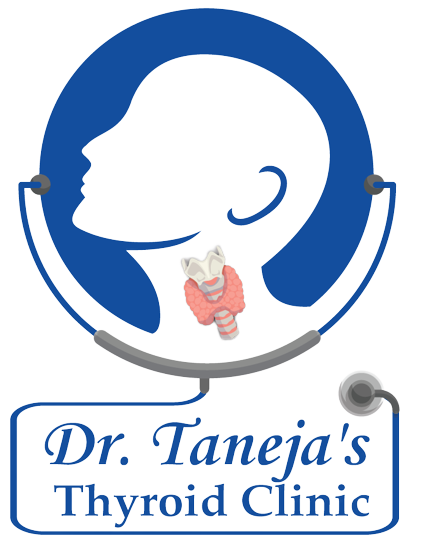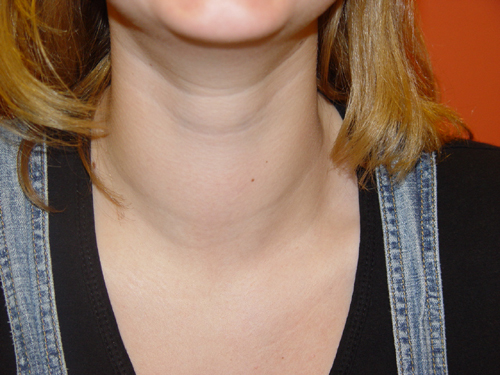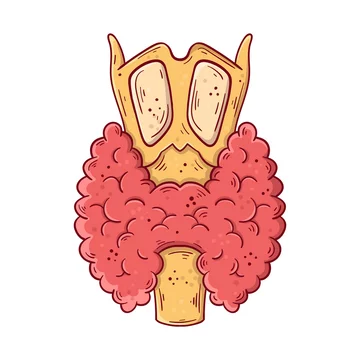Exploring The Basics Of Simple Goiter Thyroid Disorder
The thyroid gland, a butterfly-shaped organ located at the base of the neck, plays a crucial role in regulating various bodily functions. Simple goiter thyroid disorder, also known as non-toxic goiter or endemic goiter, is a condition characterized by the enlargement of the thyroid gland. While not typically associated with thyroid dysfunction, simple goiter can still lead to discomfort and potential complications if left untreated. In this article, we will delve into the fundamentals of simple goiter thyroid disorder, including its causes, symptoms, diagnosis, treatment, and prevention strategies.
Understanding Simple Goiter
Simple goiter is a benign enlargement of the thyroid gland that occurs without inflammation or any other identifiable cause. It is the most common thyroid disorder worldwide and can affect individuals of all ages, although it is more prevalent in certain geographical regions where iodine deficiency is common.
Causes
The thyroid gland requires iodine to produce thyroid hormones, primarily thyroxine (T4) and triiodothyronine (T3), which regulate metabolism, growth, and development. Insufficient iodine intake is the primary cause of simple goiter. When the body lacks iodine, the thyroid gland becomes unable to produce enough thyroid hormones, leading to increased stimulation from thyroid-stimulating hormone (TSH) secreted by the pituitary gland. This heightened stimulation triggers the thyroid gland to grow in size, resulting in a simple goiter.
Symptoms
In many cases, simple goiter may not cause noticeable symptoms, especially in its early stages. However, as the goiter enlarges, individuals may experience:
- Visible swelling or lump in the neck
- Difficulty swallowing or breathing, particularly if the goiter compresses nearby structures
- Hoarseness or changes in voice due to pressure on the vocal cords
Diagnosis
Diagnosing a simple goiter typically involves a thorough medical history, physical examination, and diagnostic tests. A healthcare provider may palpate the neck to feel for abnormalities in the thyroid gland’s size, shape, and consistency. Imaging tests such as ultrasound may be used to visualize the thyroid gland and assess the size and structure of the goiter. Blood tests to measure thyroid hormone levels and thyroid function may also be conducted to rule out other thyroid disorders.
Treatment
Treatment for simple goiter depends on the size of the goiter, the severity of symptoms, and underlying causes. In cases where the goiter is small and asymptomatic, close monitoring may be recommended without any specific treatment. However, if the goiter is causing significant symptoms or complications, treatment options may include:
- Medication: Thyroid hormone replacement therapy may be prescribed to normalize thyroid hormone levels and reduce TSH secretion, which can help shrink the goiter over time.
- Iodine supplementation: If the goiter is caused by iodine deficiency, supplemental iodine may be prescribed to correct the deficiency and reduce the size of the goiter.
- Surgery: In rare cases where the goiter is large, causing severe symptoms, or there is suspicion of thyroid cancer, surgical removal of the thyroid gland (thyroidectomy) may be necessary.
- Radioactive iodine therapy: This treatment involves ingesting radioactive iodine, which selectively destroys thyroid tissue and reduces the size of the goiter. It is typically reserved for cases where other treatments have been ineffective or if surgery is not feasible.
Prevention
Preventing simple goiter primarily involves ensuring an adequate intake of iodine through the diet. Good dietary sources of iodine include iodized salt, seafood, dairy products, and iodine-fortified foods. In regions where iodine deficiency is common, iodine supplementation programs may be implemented to prevent goiter and other iodine-related disorders.
Conclusion
Simple goiter thyroid disorder is a common condition characterized by the enlargement of the thyroid gland due to iodine deficiency. While it may not always cause symptoms, a large goiter can lead to discomfort and complications if left untreated. Early diagnosis and appropriate treatment are essential for managing the condition effectively and preventing complications. By understanding the basics of simple goiter, individuals can take proactive steps to maintain thyroid health and overall well-being.







